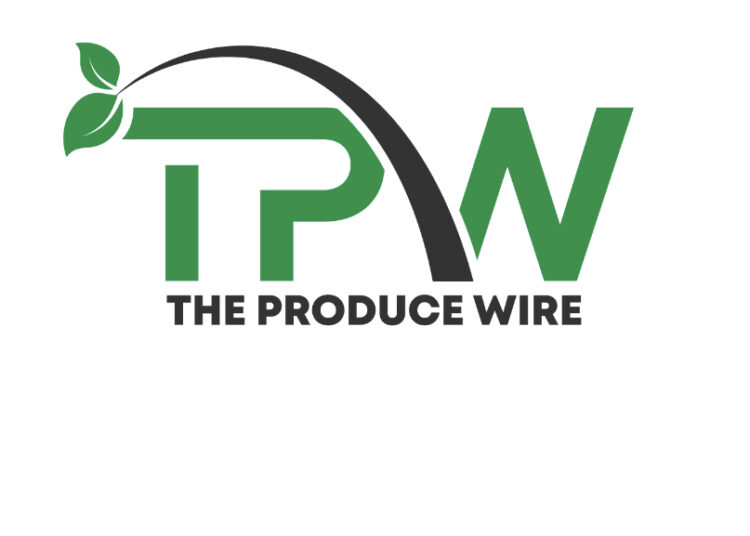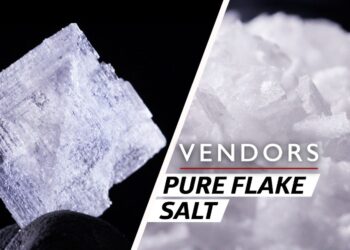Only two topics were considered to be emerging risks by European experts in 2022.
An annual report on the European Food Safety Authority’s (EFSA) activities on emerging risks revealed 13 issues were discussed in 2022 but only two were concluded to be emerging risks. In 2021, 18 issues were discussed and eight were classed as emerging risks.
EFSA networks contributing to emerging risks identification include the Emerging Risks Exchange Network (EREN), the Stakeholder Discussion Group on Emerging Risks, EFSA’s scientific units, the scientific panels, the Scientific Committee, and their working groups.
One emerging issue was the risk of zoonotic transmission of the Mpox virus (MPXV) from infected humans to animals in newly infected countries. Mpox was previously known as monkeypox.
According to the French Agency for Food, Environmental and Occupational Health and Safety (ANSES), a risk assessment was performed to investigate the probability that MPXV transmission occurs through food during its handling and consumption. Conclusions suggest that the risk of transmission through food is hypothetical and that such an occurrence has never been reported.
The other emerging risk was canine brucellosis due to infection with Brucella canis in different European countries.
Other issues being watched
Areas that were not judged to be emerging risks included a past outbreak caused by Salmonella Typhimurium in ispaghula seed husk. Fifty-four cases were identified in Denmark from November 2020 to July 2021. In a case-control study, cases reported consuming a brand of ispaghula seed husk capsules. The outbreak strain was found in an open package from a patient’s home and in a reference sample from the producer.
Raw seeds were imported from India and used in food supplements. The producers of the herbal medicine and food supplements implemented heat treatment of raw psyllium seeds. A link was raised with EU action on ethylene oxide. Experts said the EU ethylene oxide ban may lead to an increased occurrence of pathogens in food and ingredients and cause similar outbreaks.
Another topic was emergence of Clinostomum complanatum in freshwater commercial fish in France. In East Asia, the disease is known as Halzoun syndrome and is caused by the establishment of the worm in the pharynx or larynx of humans. Humans become infected when eating raw or undercooked fish flesh and elimination of the parasite requires a chirurgical procedure.
The lack of cases in Europe may be due to traditional cooking practices. However, freshwater fish like perch is often consumed raw or marinated in restaurants in France and Switzerland.
In France, knowledge of the geographical distribution and epidemiological data of the parasite is limited, and diagnostic tools are not optimal. There is also no information about the effect of freezing and heat treatments on the viability of the parasitic flatworm. In 2019, five randomly sampled perch from a 20-individual batch collected by a fishing associations in the river Doubs in Jura-Franche Comté were infected by 3 to 14 larvae of Clinostomum complanatum each.
EREN recommended monitoring the presence of the parasite and collecting more information.
Other issues included research suggesting the list of food that could be contaminated with Toxoplasma or other parasites may be longer than previously thought and the impact of gas prices on carbon dioxide availability. Carbon dioxide is used in the food and beverage industry for a variety of purposes, such as adding bubbles to beer and soft drinks, livestock stunning gas and extension of shelf-life of foods with modified atmosphere packaging (MAP).
Rising electricity prices exposes food businesses to additional financial pressures, which may result in corner cutting, such as temperature reduction of cold storage to reduce costs, and temperature reduction for hot water cleaning introducing the risk of microbiological contamination.
An updated risk involved Shiga toxin-producing E. coli (STEC) O121 in flour. Monitoring and investigation of bacterial contamination in flour and dough products in Slovakia highlighted the potential microbiological risks, especially with the rising popularity of alternative flours consumed without cooking. Experts said the data so far was insufficient to alter previous conclusions, but continuous monitoring into primary production level contamination was necessary.
Other signals were illegal entry of fish, E. coli in edible insects, increased consumption of crocodile meat, and intoxications by the mushroom Chlorophyllum molybdites in Italy.
(To sign up for a free subscription to Food Safety News, click here)













